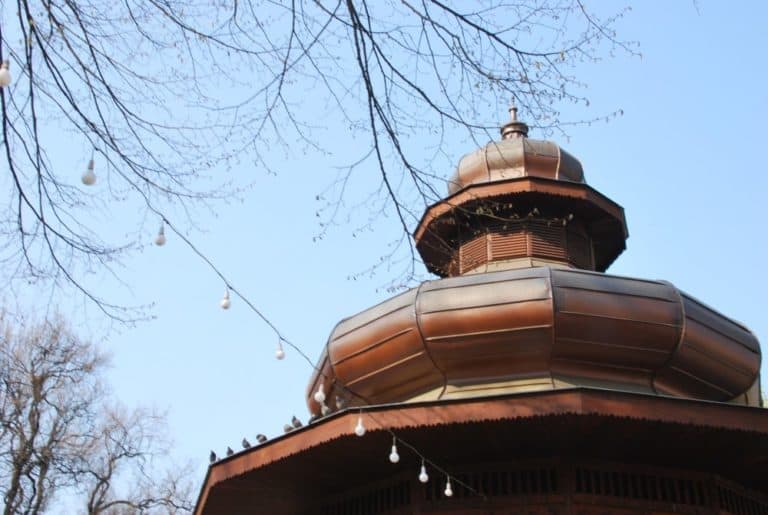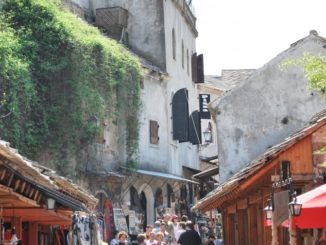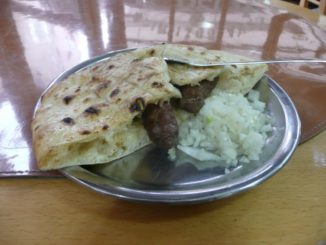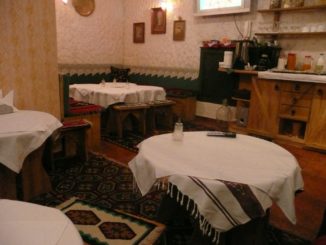Bosnia Herzegovina
Population of Bosnia Herzegovina : 3,531,159 (as of 2016 approximately)
Languages: Serbian, Bosnian, Croatian
Current currency: the Bosnian Convertible Mark (exchange rate pegged to the Euro)
Time Zone: GMT + 1
Telephone dialling code: +387
Vehicle identification: BiH
Electrical Current: voltage 220 Hz 50, “C “and “F type sockets “
The flag: A blue rectangle with a yellow triangle in the centre pointing down towards the bottom of the flag. Beside the triangle, on the side that is closest to the flag pole in the blue background, there are seven whole stars and two half stars in yellow which are broken off at the edge of the flag.
Capital: Sarajevo
Borders with: Serbia, Montenegro and Croatia
Became part of the UN: 22nd May, 1992
Flights: There are currently no direct flights from the UK to Bosnia. Stopovers will depend on the airline that you are flying with.
Sarajevo airport is located in Butmir which is about 12 kilometres from the city.
Climate: The climate is typical of Central and South-Eastern Europe with cold snowy winters and summers that can be exceedingly hot and sultry with frequent heavy downpours.
Travelling in Bosnia Herzegovina
The country has emerged from an internal conflict that has left indelible scars, has resulted in the destruction of entire neighbourhoods in some of the most beautiful cities in the country, has destroyed historical evidence that can never be recovered but, the people have proved that they have a strong desire to rise above this and are putting everything they have into rebuilding their nation.
And, it is thanks to the strength of this society that the country has so much to offer today.
Nature’s beauties make it possible for those who love the mountains to enjoy a range of different sports such as skiing in winter or rafting on beautiful mountain rivers between breath-taking gorges and through small rapids in addition to wonderful trails that can be enjoyed on a mountain bike or on horseback or simply by taking a long stroll on foot.
But, if you’re not interested in what nature has to offer, you can wander through the streets of such enchanting cities as Sarajevo or Mostar and just relax in one of the many charming settings that have such a wonderful atmosphere.
Somewhere that is often visited by the Christian faithful is definitely Medjugorje which is a small town in the south of the country, close to Croatia, and which has become very famous for Christians thanks to the apparitions by the Blessed Virgin Mary to young visionaries from the town.
Today it is one of the places that is most frequently visited by the faithful and in order to cope with this influx of pilgrims, the municipality has grown and developed significantly which has provided employment for the local population and has generated financial security.
GEOGRAPHY
Bosnia Herzegovina is a small state which covers an area of approximately 51.197 square kilometres.
Thanks to the international agreements that were signed at the end of the civil war within the former Yugoslavia, the state has a small area of coastline on the Mediterranean Sea which stretches for just 25 kilometres.
In the central and western parts of the country, you will find the Dinaric Alps, (or Dinarides) with peaks that exceed 2000 metres.
In the eastern and north-eastern sectors of the country, you will find plains and rolling hills.
To the east, the countryside is covered in dense forests and more beautiful undulating plains.
Bosnia Herzegovina is served by 9 rivers: the Sava, Sana, Una, Drina, Bosna, Lim, Piva and the Neretva.
There are also 7 main lakes in the area. The largest is Lake Pliva and then, in order of size, there are Lake Bùsko Blato, Lake Modrac, Lake Rama, Lake Jablanica, Lake Blidinje and the smallest, Lake Boracko
HISTORY
Different ethnic groups, different because of their beliefs and because of their language, have settled in this territory which is known today as Bosnia Herzegovina since Neolithic times.
Amongst these groups, undoubtedly the predominant ethnic group were the Illyrians.
In 229 BC, one of the longest and bloodiest wars of conquest was started by Rome against the Illyrians.
Eventually, after another two centuries of war, the Romans conquered the Illyrians. It was the 9th century A.D!
Throughout this long period of conflict there were also numerous incursions by the Slavs, the Byzantines and people of Hungaro-Croatian descent.
From the 14th century, the territory was governed by the local people for at least a couple of hundred years until the invasion of the Ottoman Empire which introduced the Islamic religion to the region.
The Congress of Berlin in 1878 saw the end of the Ottoman period and the territories of Bosnia Herzegovina became part of the Austrian Empire and a hundred years after that, part of the Austro-Hungarian Empire.
At the beginning of the 20th century, the political situation became very tense.
Neighbouring Serbia rose up with the support of the Slav population to the south, the Kingdom of Serbia, in a violent coup and installed a new opposition government in Belgrade to oppose the historical Austro-Hungarian powers.
This uprising did not affect Bosnia and Herzegovina who, together with Slovenia and Croatia, had remained under Hapsburg control.
On the 28th June, 1914 the murderous attack that resulted in the death of the heir to the Austro-Hungarian throne, Franz Ferdinand of Austria-Este at the hands of a Serbian revolutionary (Gavrilo Princip), served as the touch paper for the start of the First World War.
Bosnia and Herzegovina consolidated their alliance with the Croats, the Serbs and the Slovenians giving birth to the Kingdom of Yugoslavia on the 3rd October, 1929.
This union lasted until the 27th March, 1941 when the Nazi fascist troops invaded the territory on the 6th April, 1941 and thus began a period of atrocities and massacres against the Serbian population.
With the support of the Russians and the British, in 1944 General Tito drove the Nazi troops from the territory and on the 31st January, 1946, founded the independent Socialist Federal Republic of Yugoslavia with defined socialist leanings under the influence of the Soviet Union.
With Josip Broz, who was known as Tito, ruling the nation, the discord between the various ethnic groups was kept under control. This situation lasted for nearly 35 years, effectively until his death which occurred on the 4th May, 1980.
Unfortunately, after Tito’s death, everything went into a decline until the beginning of the famously tragic Balkan War with its consequent genocide.
Between 1992 and 1995, the conflict inside the former Yugoslavia between the various factions and their allies became more and more appalling, with ethnic cleansing and unquestionable massacres of civilians and the total destruction of entire villages which resulted in the deaths of over 100,000 people.
With the intervention of the United Nations, in 1995 a peace treaty was agreed, the Dayton Agreement, which established the geographical and administrative boundaries that are still in place today.
Bosnia-Herzegovina is currently divided into three districts, two of which are federal: the Bosnian Federation which is almost exclusively Muslim, the Srpska Republic (Serbian) which is almost entirely Christian whilst the district of Brcko is composed of 46.95% Muslim, 42% Serbian and the remaining 11.5% being Croat.
With regard to religion and ethnicity, the data that emerged from the last census which was conducted in 2013 shows that 50.1% of the population state that they are Bosnian, 30.8% that they are Serbian and 15.4% that they are Croatian.
The largest religious faith is Islam with 50.7%, the Orthodox Church at 31% and the Christians at 16%.
| Mostar | Sarajevo |
Mostar is the tourist destination
[ Apr.2009 ] Mostar in Bosnia and Herzegovina is a famous tourist destination. There were many tourists there, but individual one who came from Sarajevo by bus like me were minority. Most of them seemed…
Cevapi, a very nice and cheap dish
[ Apr.2009 ] The best food I had in Bosnia and Herzegovina was this one in the photo, called Cevapi.It seemed their national food.There were 5 small sausages, similar to Adana Kebab in a pita…
Quite good B&B
[ Apr.2009 ] In Sarajevo, I stayed in a hotel called Kandilj Pansion.I do not know how you pronounce it.It is too small to call it a hotel with about 10 rooms.It was convenient, located…




